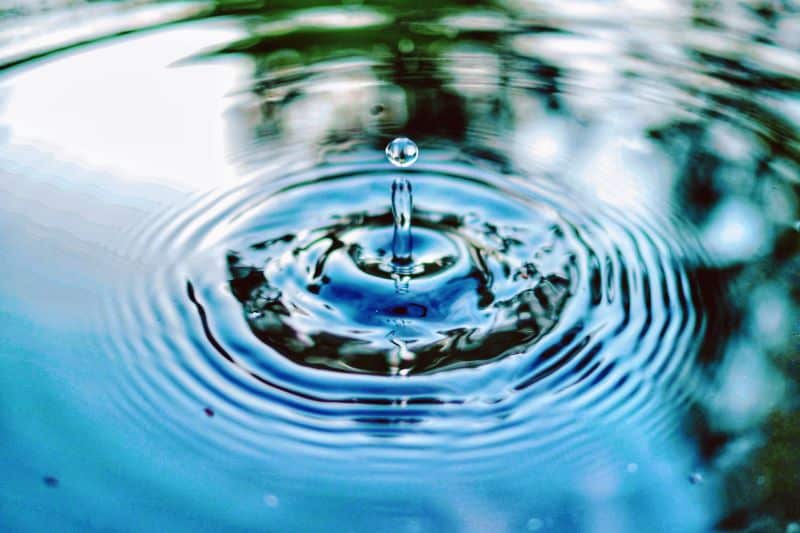Homeowners can easily underestimate water damage. It’s logical to consider that it’s merely water and won’t put your health at risk. However, the reality is that water damage, along with harming your property, can put your well-being in jeopardy.
While the destruction of walls, carpets, and personal possessions may seem repairable, the damage to your health can be irreversible. Therefore, it’s vital to understand the different types of water damage and understand their potential health consequences.
Clean water damage
Clean water damage caused by running taps, burst pipes, or heavy rain is generally considered harmless to humans. But avoid making the mistake of taking it lightly. If left unattended, clean water damage can still lead to serious health issues.
Leakages in dishwashers, refrigerators, and washing machines are some of the key sources of clean water damage. The water comes without microorganisms that can cause infections or allergies in people. While this might sound like it’s not a cause for concern, the excess water can create an environment that promotes mold or mildew growth in the affected areas, which can be harmful to your health.
The best way to prevent a health hazard is to remove and repair clean water damage before it can harbor mold or mildew growth. This may involve water extraction, drying of damaged carpets and surfaces, and humidity control. Any furnishings or items on wet carpet or flooring must also be removed or raised to protect them from water damage.
If the clean water damage is widespread or may have been absorbed into the surrounding building materials, it’s best to call your local Utah flood restoration service to ensure that all the damage is removed completely.
Dirty and gray water damage
Dirty water damage can pose serious health risks due to the presence of hazardous contaminants, including microorganisms. Common sources of dirty water damage include the sump pump and toilet, and protective gear such as gloves and goggles should be worn when handling the water to avoid direct contact. Removing the water alone is not sufficient, as the affected area must be disinfected to prevent health risks.
Gray water damage is another type of unsanitary water that can contain contaminants and lead to health risks. Gray water can come from sources like washing machines and dishwashers, as well as toilet overflows with urine only. Immediate attention is necessary for gray water damage, as the contamination can worsen over time and change to black water, which is even more harmful to humans. Restoration for gray water damage is similar to clean water damage but includes treating the area for bacteria and steam cleaning carpets to remove contamination and staining.
In conclusion, both dirty water damage and gray water damage can pose significant health risks to humans. It’s important to take immediate action and call a Utah flood clean-up company to handle these types of water damage to ensure safe removal and disinfection.
Black water damage
Black water damage is the most dangerous type of water damage. It is usually caused by water that is heavily contaminated with hazardous materials such as sewage, human waste, chemicals, and microorganisms. Black water damage poses significant health risks to humans and should only be handled by a professional with the proper equipment and cleaning solutions.
Initial exposure to black water can cause a range of allergic reactions, whereas prolonged exposure can lead to respiratory infections and breathing difficulties. Homeowners should steer clear of this water damage and wash with warm soap and water if they come into contact with it.
The most common sources of black water damage are sewage backups and flooding caused by natural disasters. The affected areas must be treated with extreme caution and disinfected to prevent further health hazards. Professional water damage restoration companies have the necessary tools and expertise to properly remove and disinfect black water damage.
Black water damage often requires the removal of affected surfaces such as carpets and structural components. Hard surfaces must be thoroughly treated and disinfected to prevent any harmful bacteria from spreading. While you can restore the damaged hard surfaces after the drying process comes to an end, it’s likely you will have to throw away the affected carpet, pad, and fabric-covered furniture.
Water damage can seriously affect your health, regardless of the source. It can be categorized into different types depending on the level of contamination. But one thing remains the same: all types of water damage can create hazardous conditions if left unaddressed. That’s why you must respond quickly to any water damage situation.
If you’re dealing with extensive water damage, pick up the phone and contact a professional. Flood restoration companies have the staff, tools, and equipment to effectively clean up water damage and disinfect the area to eliminate potential health threats.

